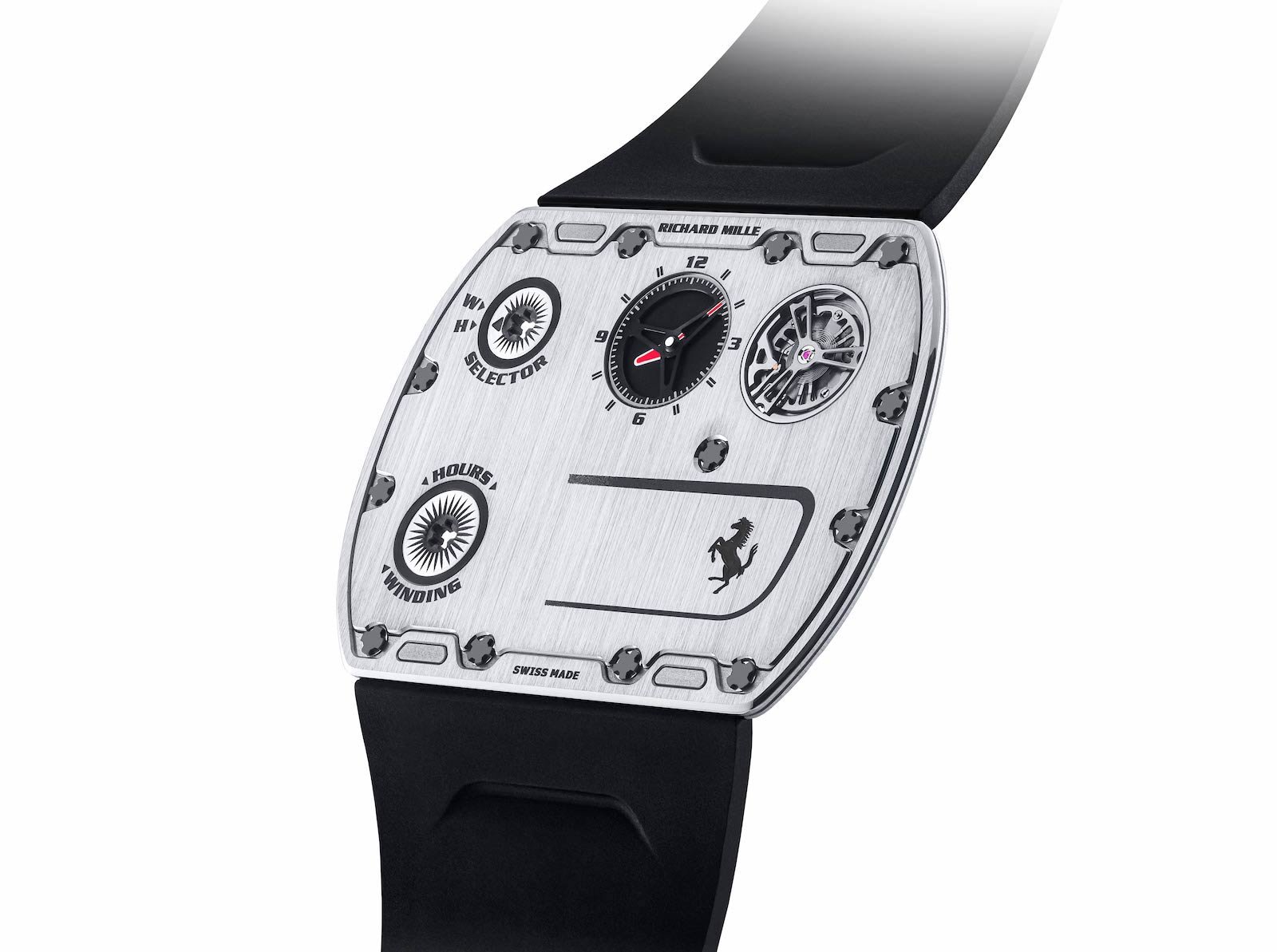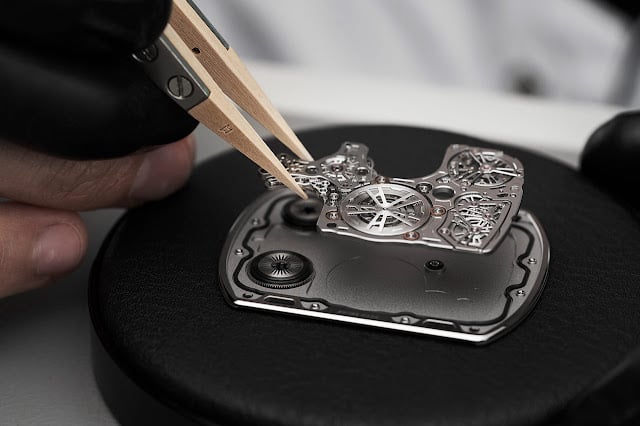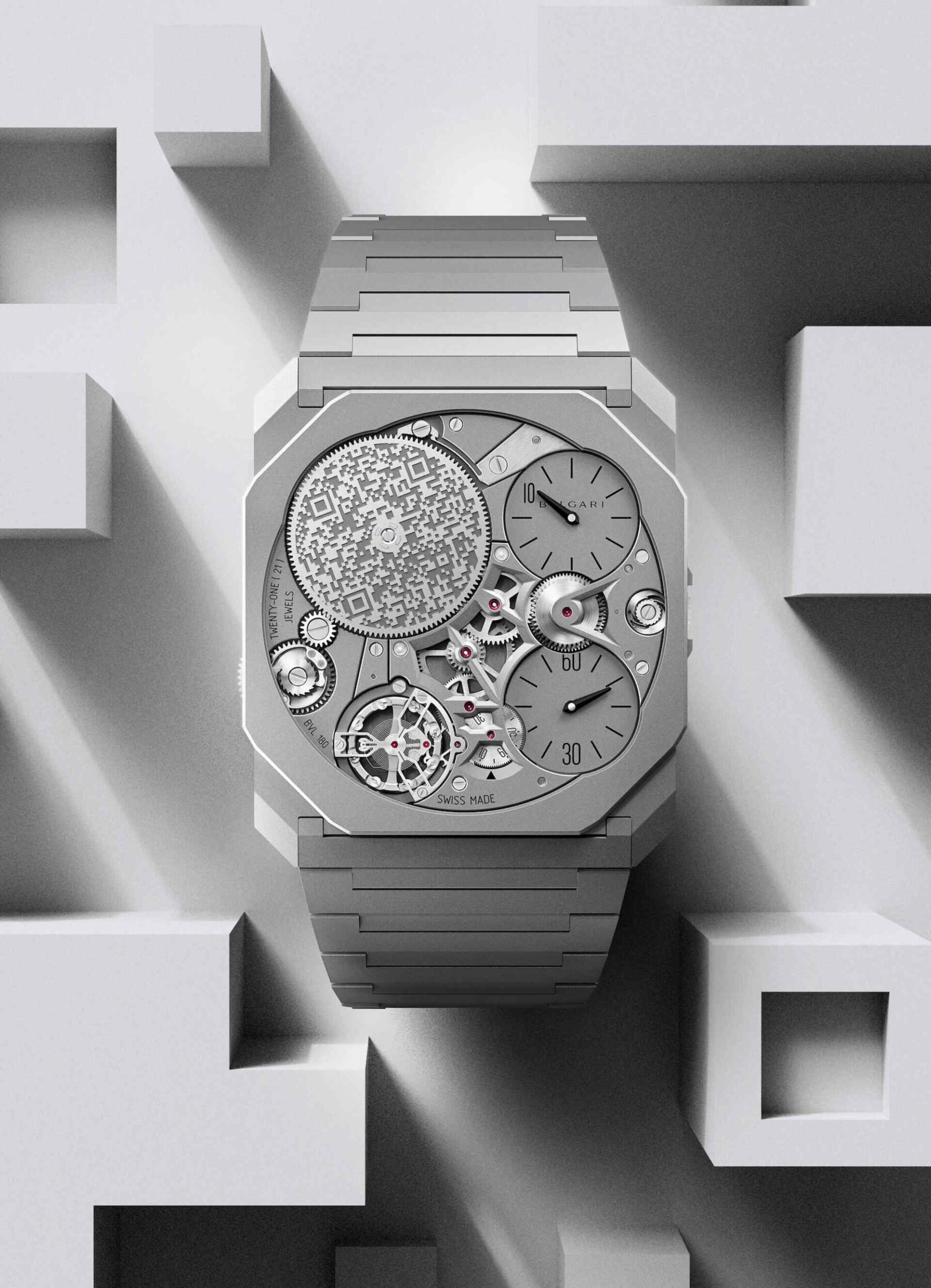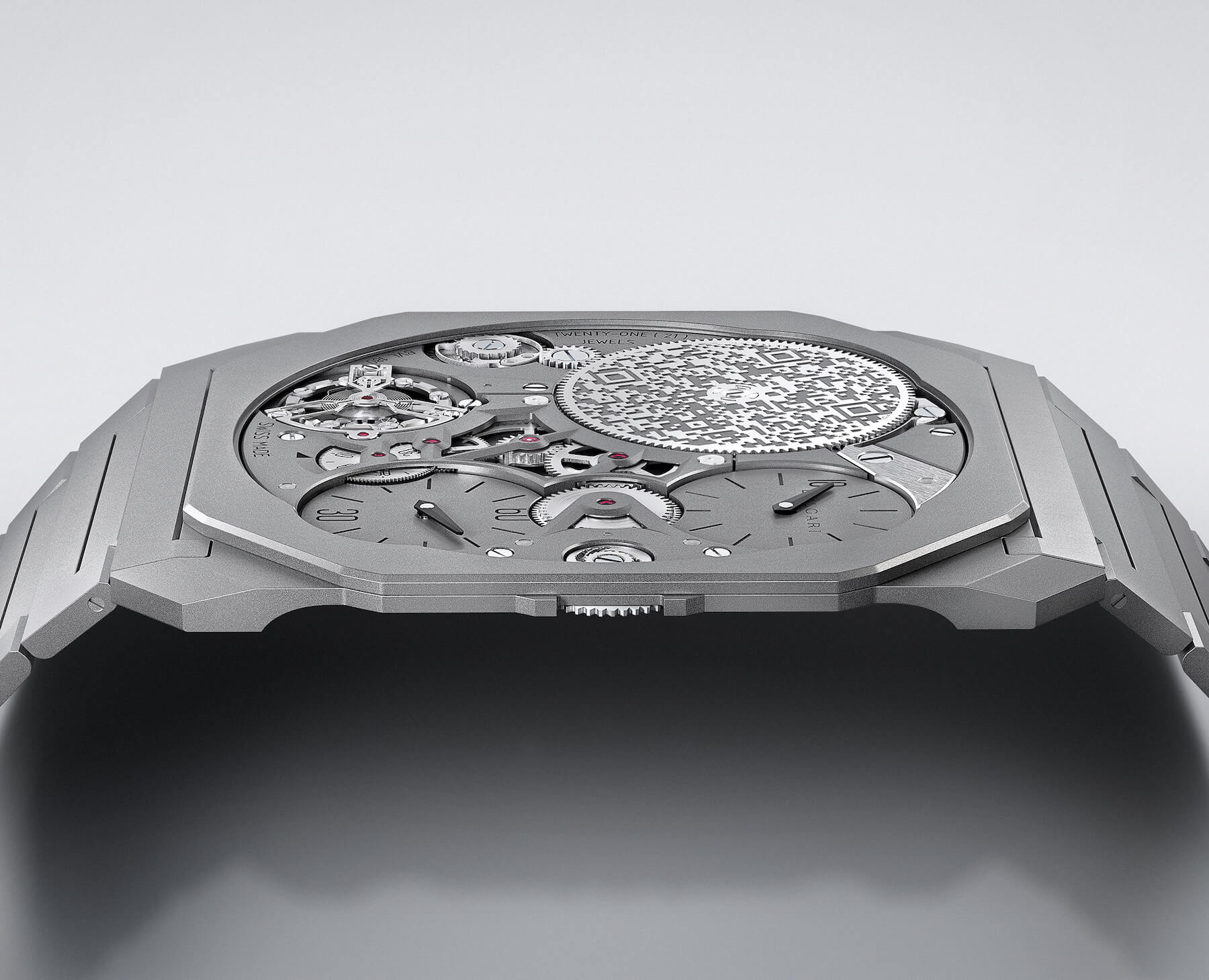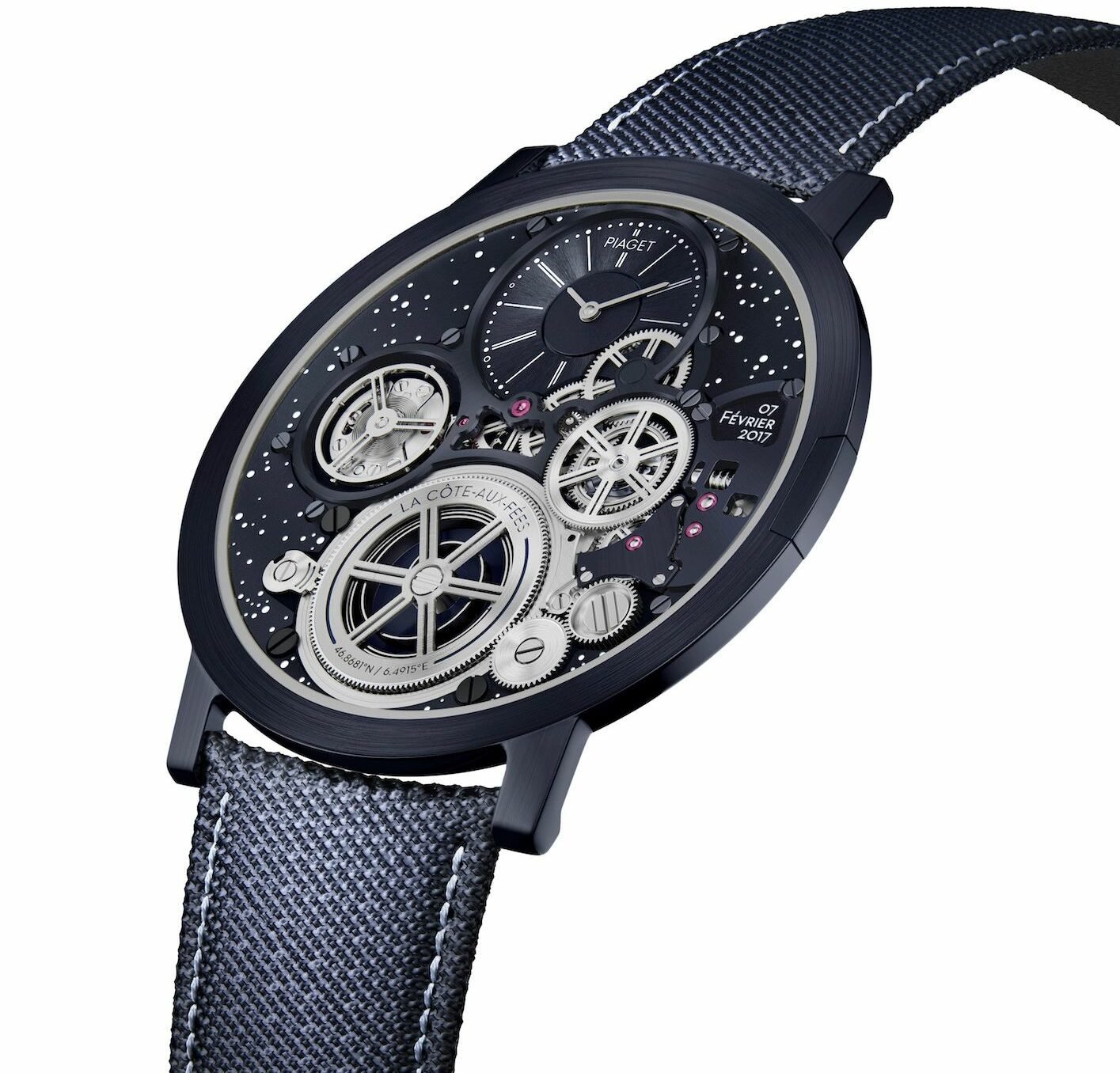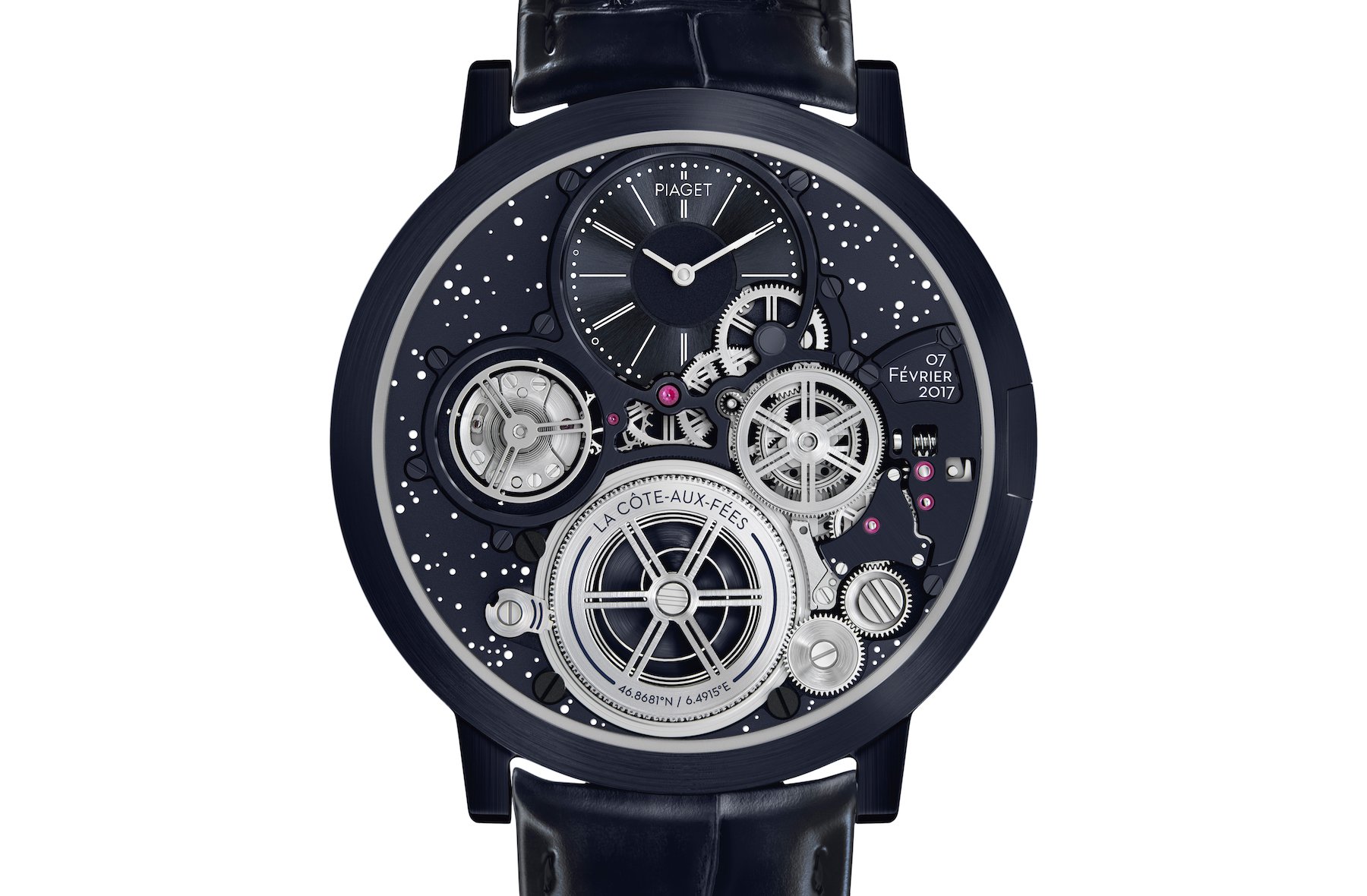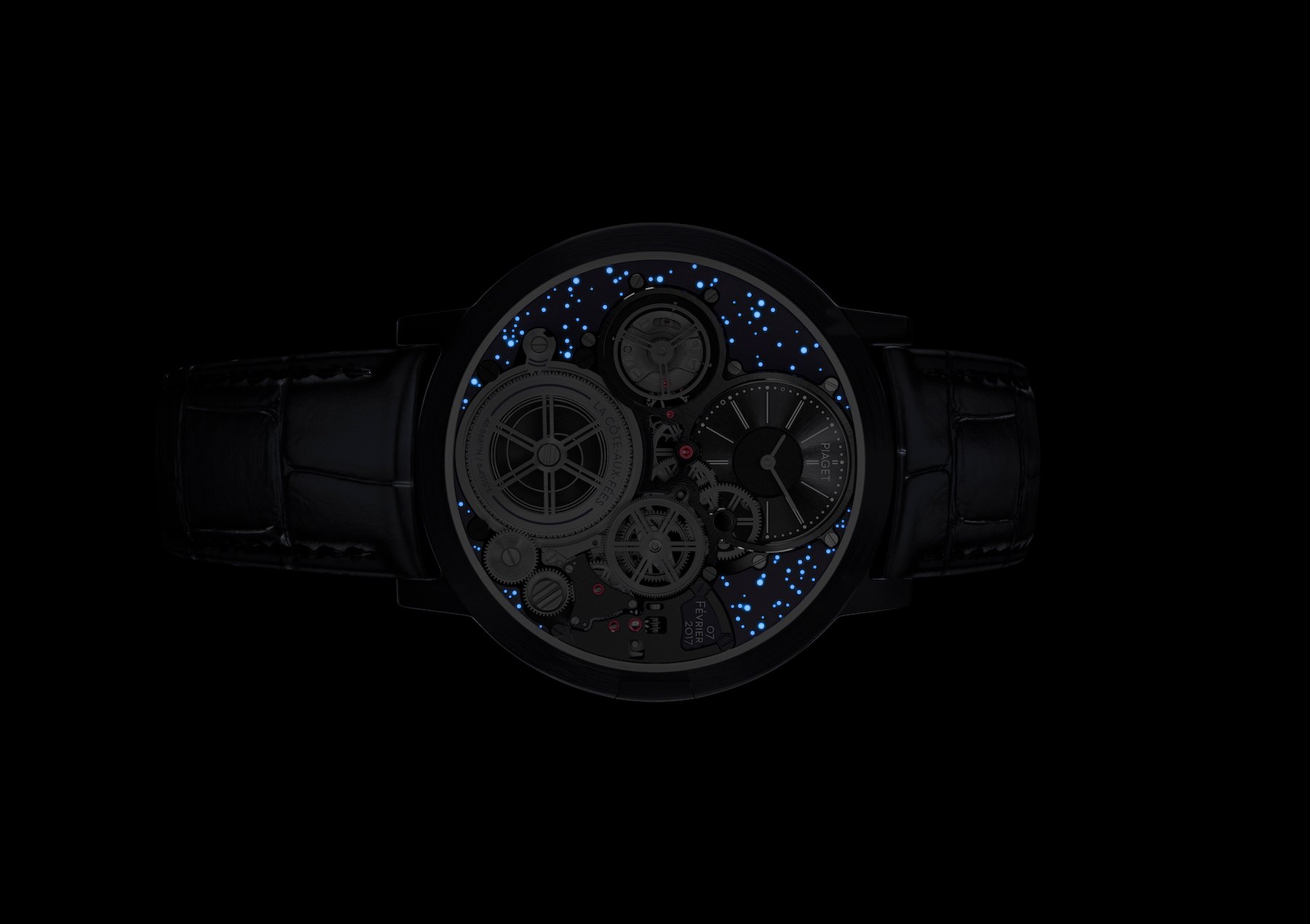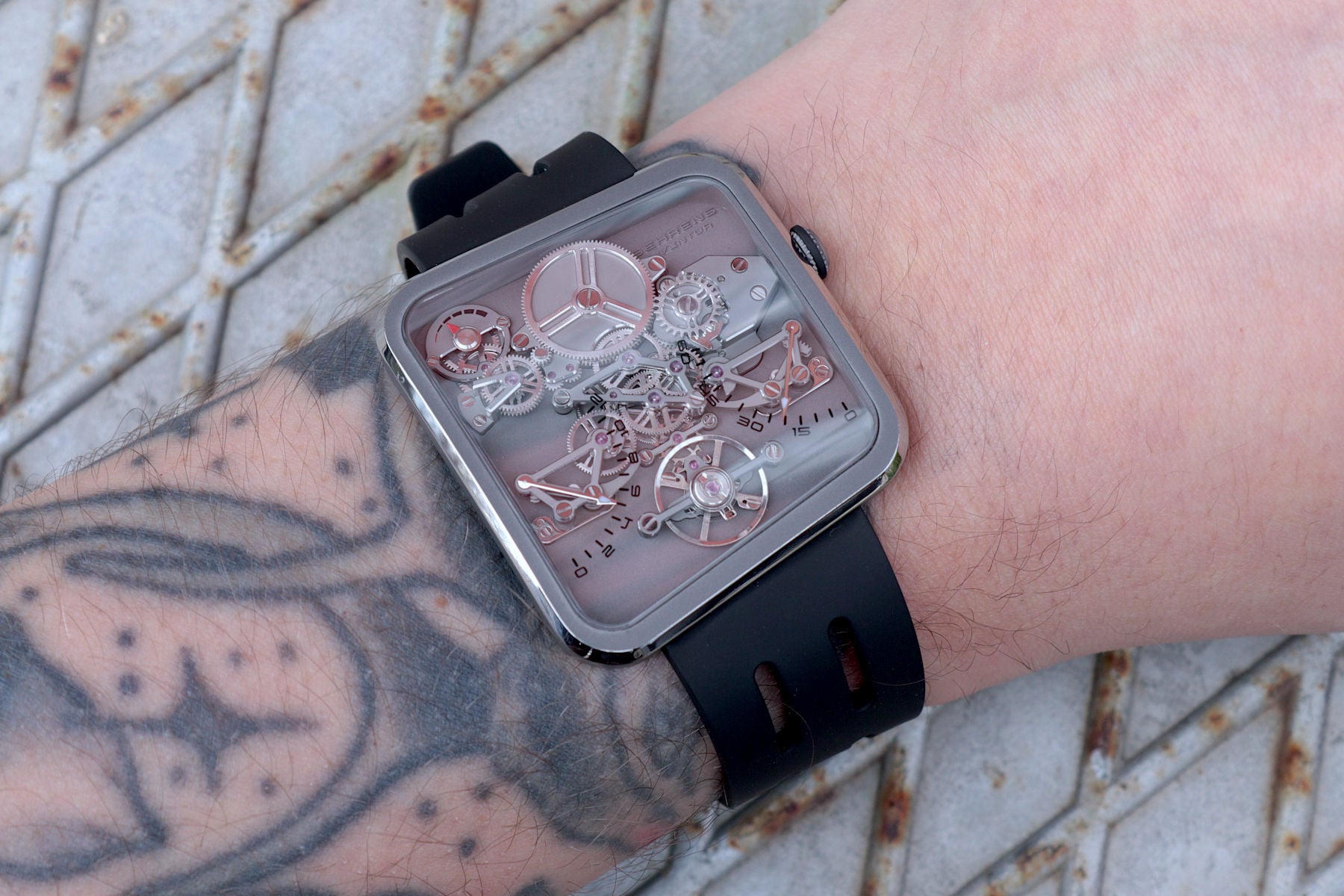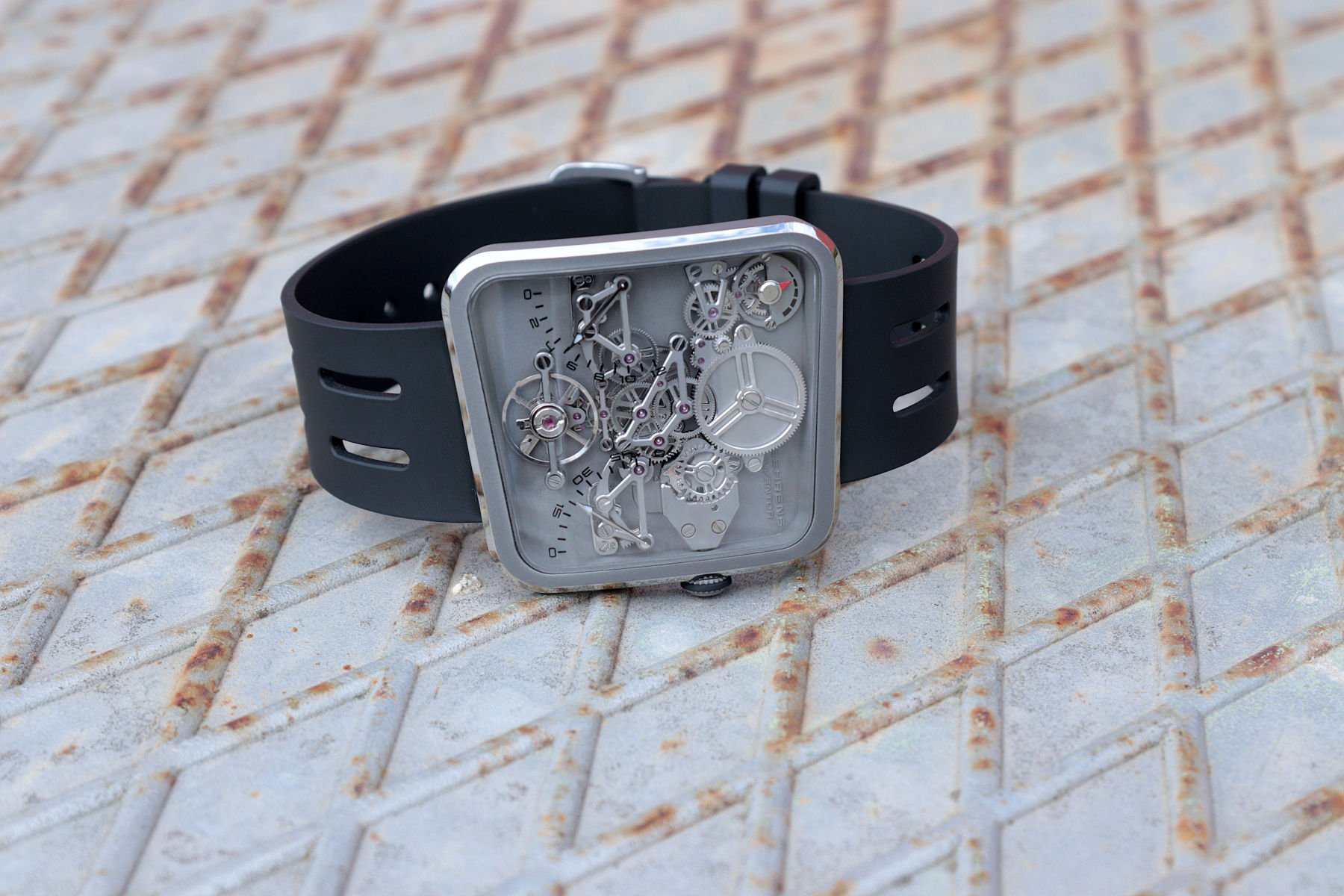The Battle Of Thin — Can Richard Mille’s 1.75mm Record Ever Be Beaten, And Should It Be?
Within the last five years, to the delight of us watch geeks, we have seen several horological records broken, from power reserves to accuracy. And gone are the days of needing a 17mm thickness and a 45mm diameter to have a decent dive watch with a 200m depth rating. But a different lateral game afoot involves shaving and repositioning cogs, bridges, and gears. With shifting goals, who will win the Battle of Thin?
Yes, the challenge is on. Bvlgari’s remarkable turnaround saw the brand’s Octo Finissimo beating records almost every year from 2014 to 2021. And Piaget is still a contender. But is the new championship winner from Richard Mille worth its nearly €2 million price? Is it even a watch or just a tech-heavy exercise in one-upmanship, and what can we expect from Bvlgari next?
Richard Mille’s RM UP-01 Ferrari: the world’s thinnest watch
I dare say that this is not a watch, but it is a jaw-dropping creation nonetheless. I am in awe of Richard Mille’s belief and execution of the RM UP-01 Ferrari. Who wouldn’t be? I’m getting old enough to mix up years, so I almost added this to my Best Of 2023 list. However, Richard Mille has held this record since 2022. I would add this watch to most best-of lists, even if I don’t think it looks terrific or would want to wear it. But why? That is because this is not a watch per se but a symbol of the future, however bombastic that may sound. Its 1.75mm thinness is countered by a wide 51 × 39mm case. But do we care?
Richard Mille managed to beat the championship-winning Bvlgari Octo Finissimo Ultra’s already slender case by 0.05mm to win the proverbial Battle of Thin. It’s an engineering challenge beyond mere mortals, especially considering that the movement and case are separate, unlike the Octo Finissimo Ultra. The latter, just like Piaget’s Altiplano, uses the case back as the caliber’s main plate. That makes the RM UP-01 even more impressive. To further increase the stakes, Richard Mille managed to make its two-credit-card-thick titanium sliver able to withstand 5,000 g of acceleration. So it lives up to its racy Ferrari co-branding. At CHF 1.7 million, you’d be lucky to see it on a wrist, but this is not about not telling the time. It’s a micro-engineering halo product, and the question is this: can Richard Mille’s engineers shave off another hundredth of a millimeter? Having made their point, do they even need to?
Can Bvlgari’s Octo Finissimo slim down further?
The Bvlgari Octo Finissimo has gone from top dog to runner-up but with a big difference in style. So the ball is now in Bvlgari’s court. Any Octo Finissimo is recognizable as a watch and is still imbued with the same architectural cues from the Gérald Genta Octo. That makes it the winner, especially as the Richard Mille, exceptional as it may be, is neither practical, legible, or humanly affordable. I’d be thrilled to wear the “full-fat” steel Octo Finissimo with its dazzling blue dial, but this is about the thinnest. And that title goes to the 1.8mm Ultra, a technical tour de force.
Since 2014, Bvlgari has broken eight world records solely through the power of the Octo Finissimo range. That says a lot about the magic of Fabrizio Buonamassa Stigliani, his penmanship, and the laser-sharp focus on slim tech. With a 1.8mm profile and a staggering price of €400,000, this is not just a watch but also an investment in the future of watchmaking. Why? Because young, wealthy tech entrepreneurs and the progeny of industrial bigwigs don’t necessarily want watches that look like their dads’ or granddads’. And when the peak of retro love and vintage inspiration has passed, futurism is the way forward. That’s where Bvlgari comes in, alongside the Piaget Altiplano. My bet is an attempt this year to get closer to 1.5mm with new materials, so stay tuned.
The Piaget Altiplano Ultimate Concept: the dressy and first alternative
As the OG of dressy, thin marvels, Piaget is a brand that speaks to me. In my book, the Polo doesn’t get the credit it deserves as a suave Nautilus/Overseas/Royal Oak alternative. But with connoisseurs, Piaget will always be known for its mastery of thin wristwear long before the Octo Finissimo hogged the limelight. Considering thinness as the goal, Piaget has managed to keep the hand-finished sparkle and craftsmanship we love evident, in fact, even more due to its open-worked nature. And for me, that’s a big plus as, to be honest, the most accomplished Octo Finissimo references are too matte and tool-like. Also, at 2.0mm slim, the Altiplano Ultimate Concept is only 0.2mm “thicker” than the Octo Finissimo Ultra. Can it get even slimmer?
The Ultimate Concept is another take on the Altiplano. It emphasizes future-tech materials and deservedly won the GPHG Aiguille d’Or in 2020. The recognizable Altiplano case is made of a cobalt alloy, which will only serve to underline its flyweight presence, and it suits it. And I don’t need a gold case to show off the fact that I am (in my dreams) wearing a price-on-request timepiece.
With its lumed starry-night dial/mainplate in cobalt, this has much more pizzazz than the techy RM and Octo. Let’s see if Piaget can make some magic this year to re-enter the winner’s podium. Though the version above is a pièce unique, Piaget will let you customize the “standard” model for an undisclosed price. The potential for beating Bvlgari is here, so I’m staying tuned, folks.
The Behrens 20G Titan: an asymmetric contender
Behrens is the plucky up-and-coming brand to notice in 2024, and I’ll stick to that claim. I was blown away when I had the BHR030 20G in prototype form on my wrist in Geneva on the first day of September last year. In fact, with the sharp breeze that day, if I hadn’t strapped it on quickly enough, it might have gotten blown away, just like me (sorry). Does this small brand have the potential to win the Battle of Thin? Though this first attempt measures a comparatively chunky 5.8mm thick, it does weigh in at just 20 grams with a 38-hour reserve and a hand-wound 28,800vph movement — a curved one, no less.
With a retail price of US$7,600, this curvy-thin wonder has a reachable, real-world price. It is very reasonable. Sure, it’s wide, but literal lateral thinking regarding the positioning of movement parts is the only way. For Behrens, that means the actual movement is also being curved to fit the shape of the base plate, which is the case back. Taking on an image of a mechanical sculpture, the beauty of the Behrens 20G is that everything is on show. It embodies a scholarly approach to watchmaking and will be a magnet to non-horologically savvy friends and a wrist-worn recruitment officer for the joys of watches.
My dear Fratelli, are you thinking about slimming down your wristwear, or does the unfamiliarity worry you? Is the question of who will win the Battle of Thin completely irrelevant, or does it matter for the future interest and recruitment of the entire watchmaking business? Let me know your thoughts in the comments.

